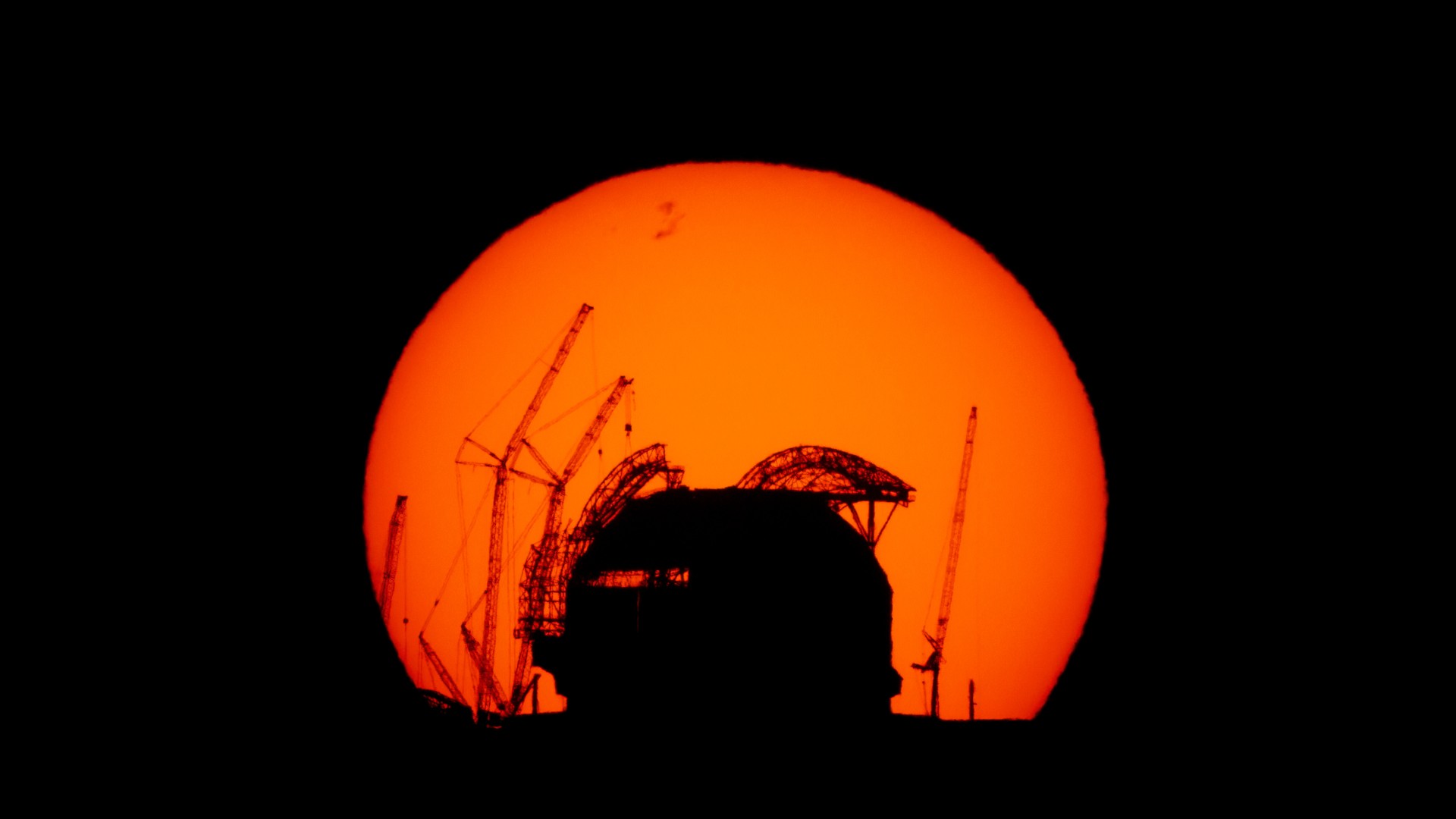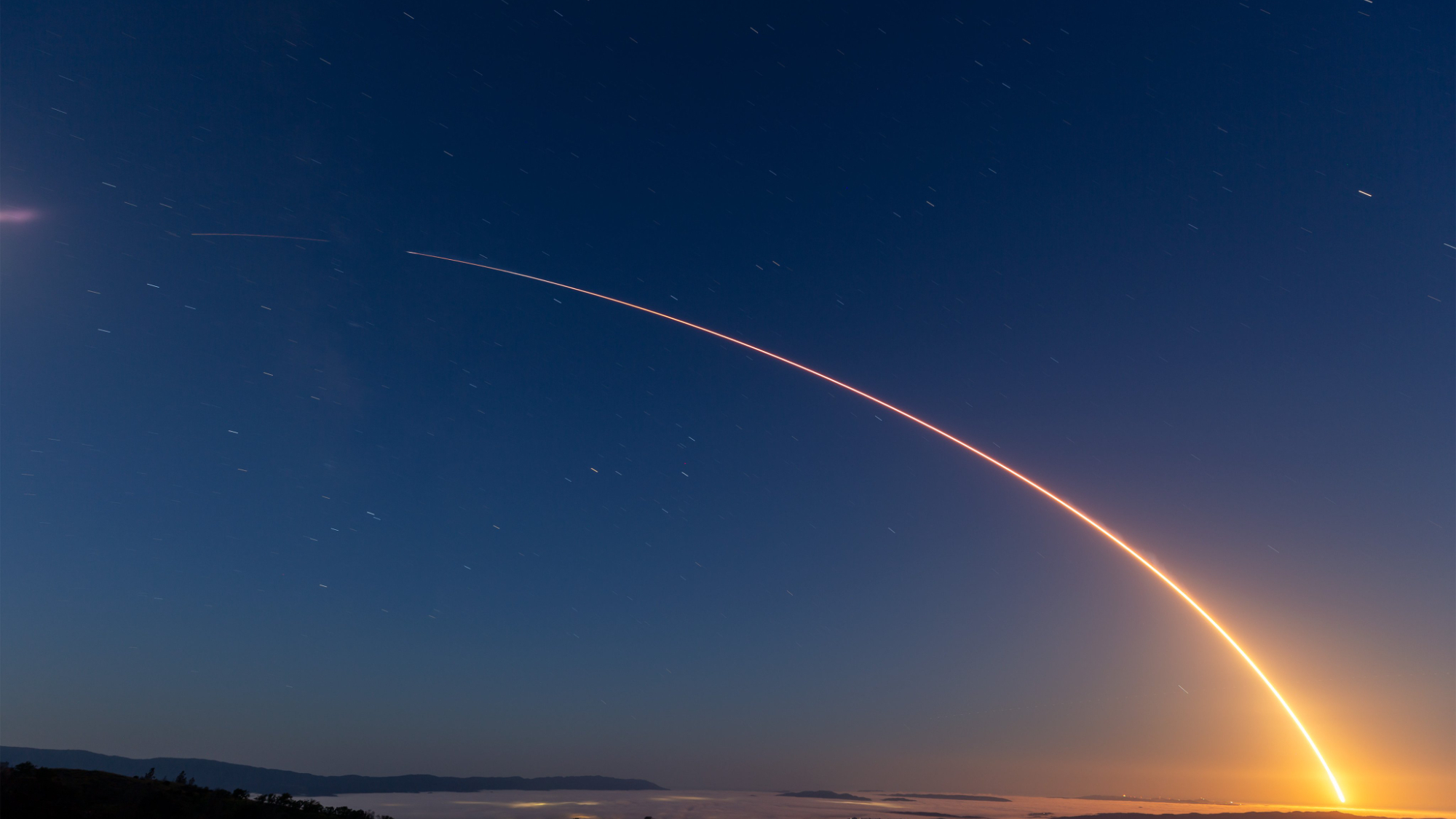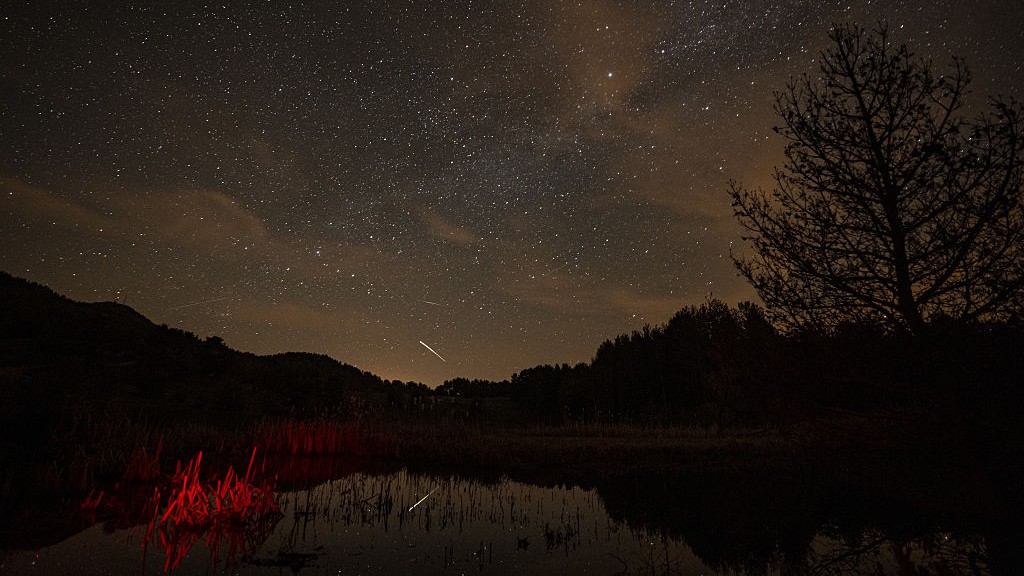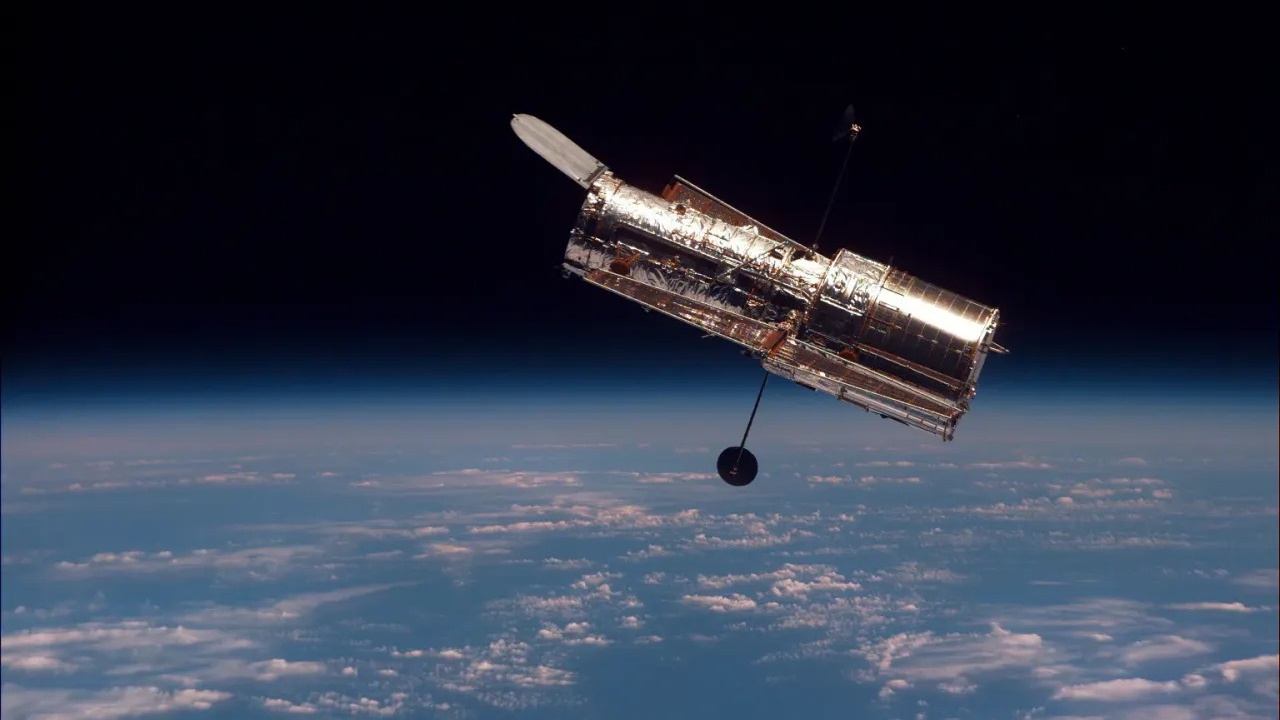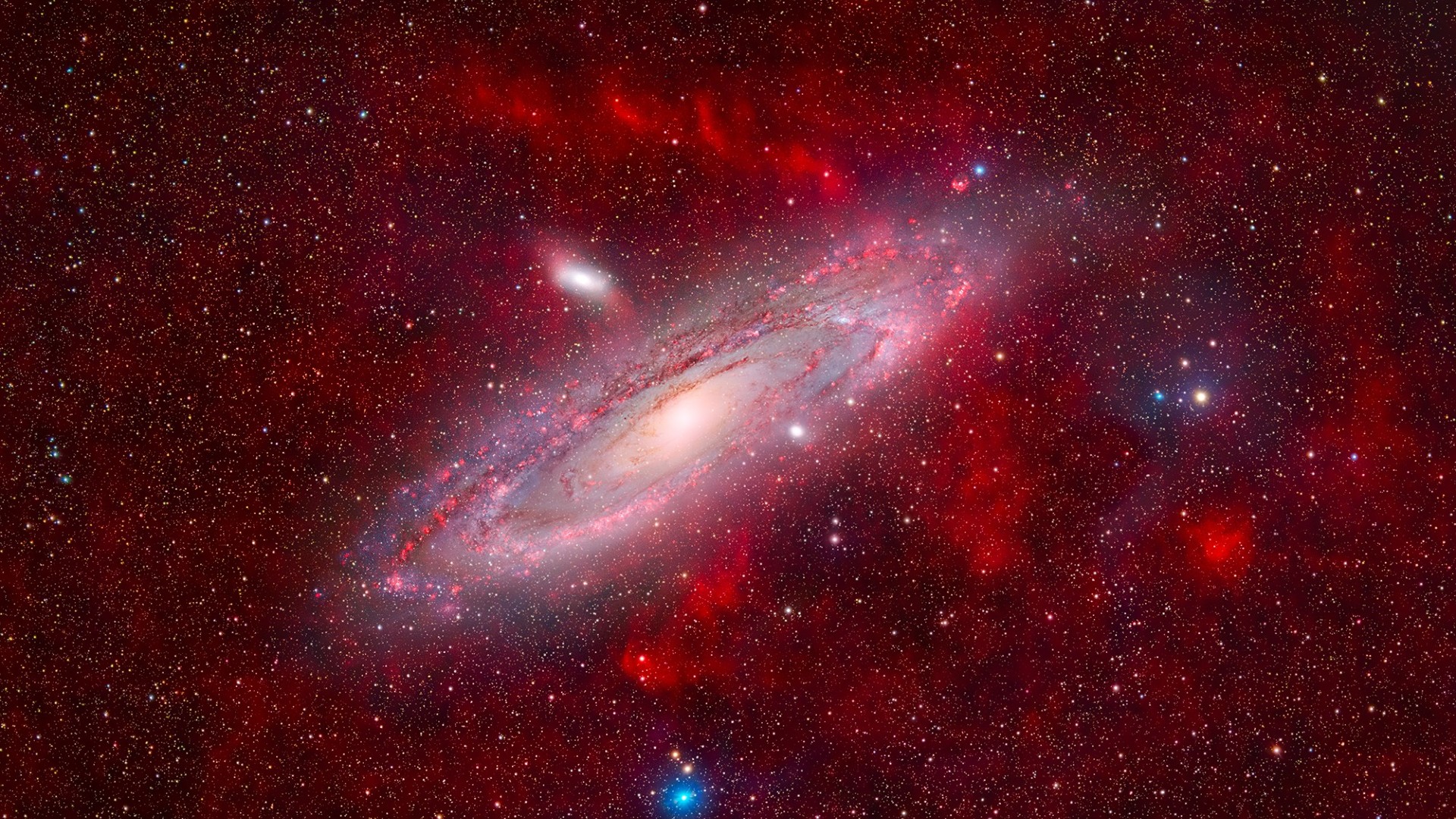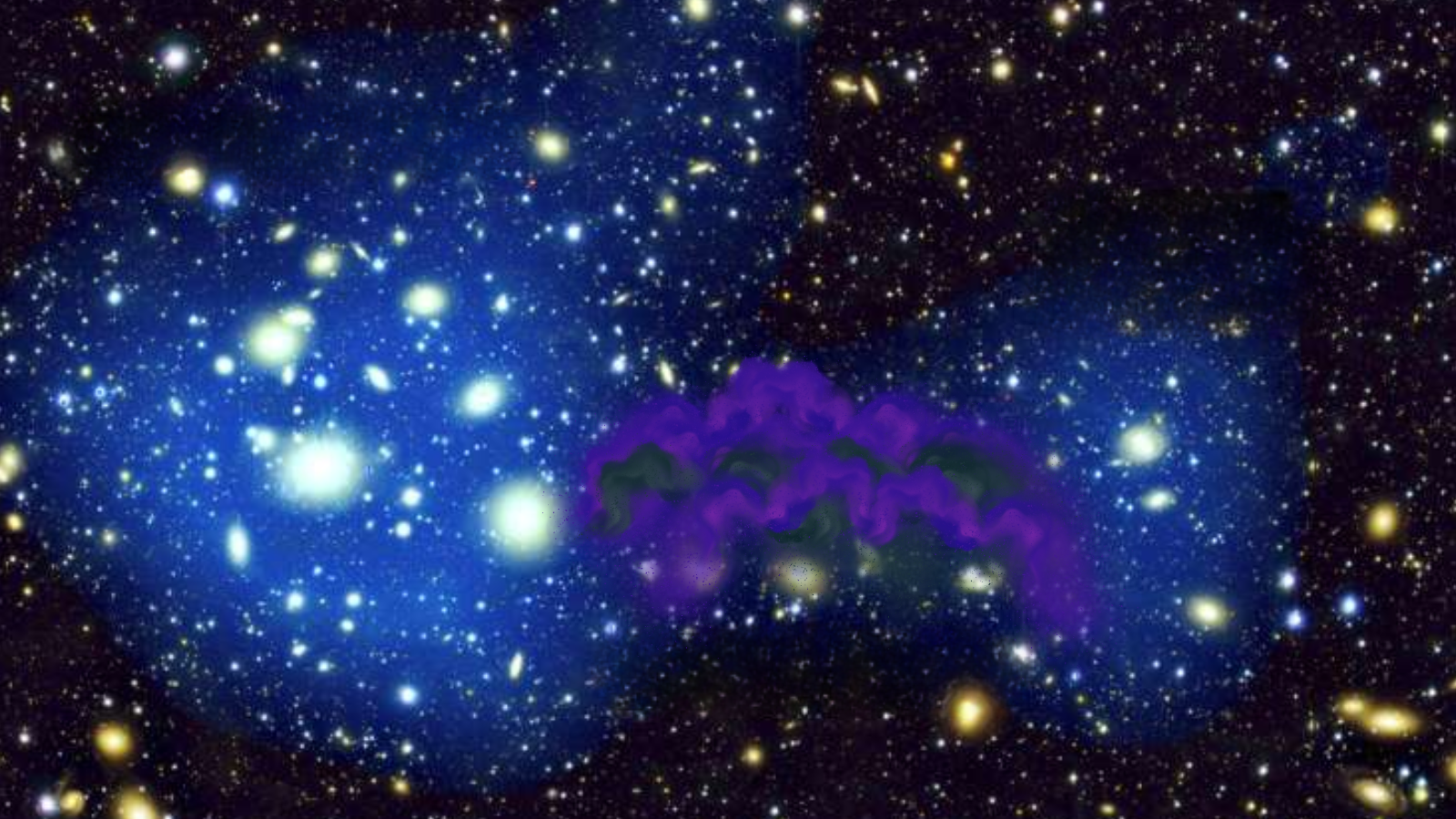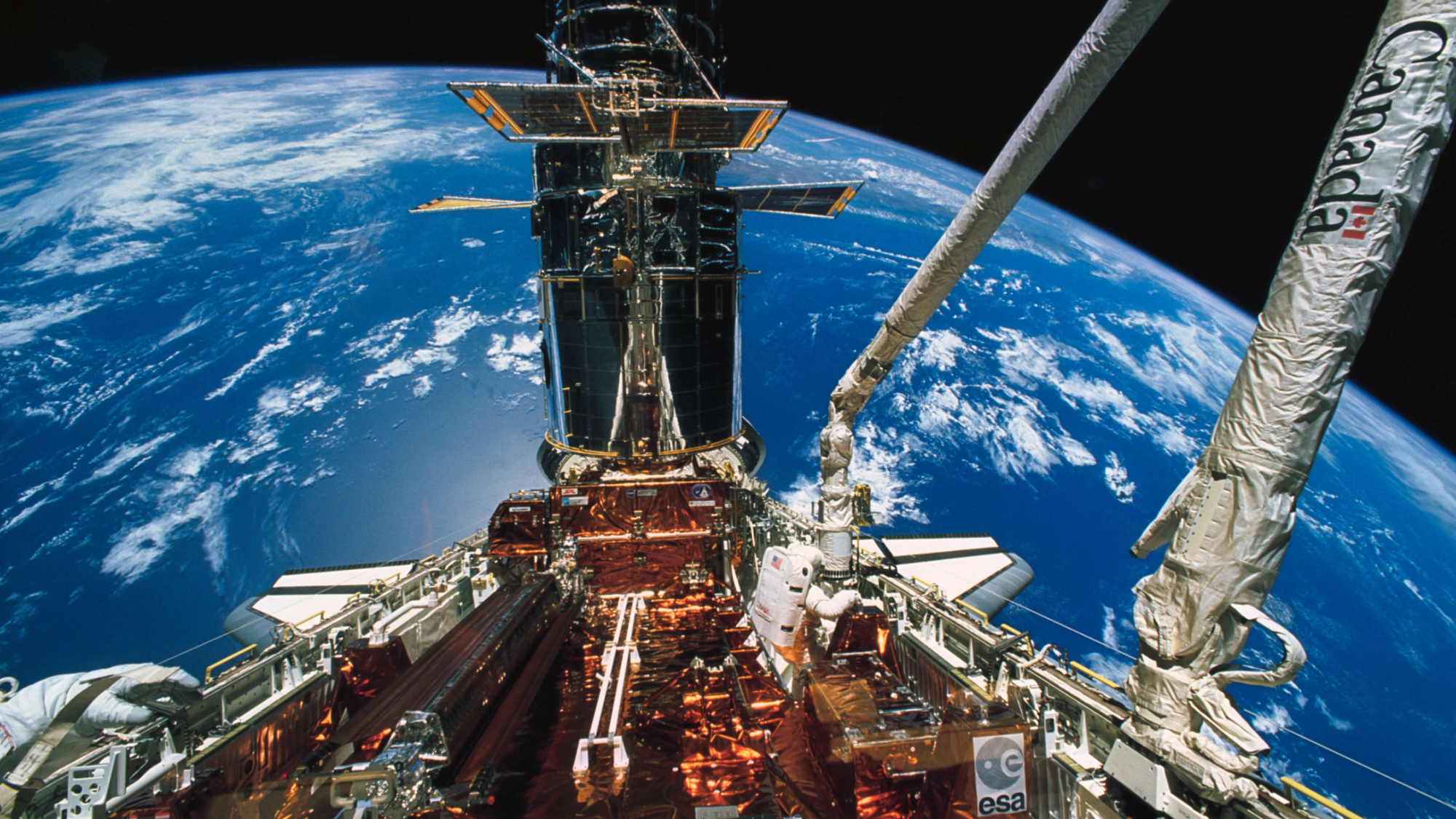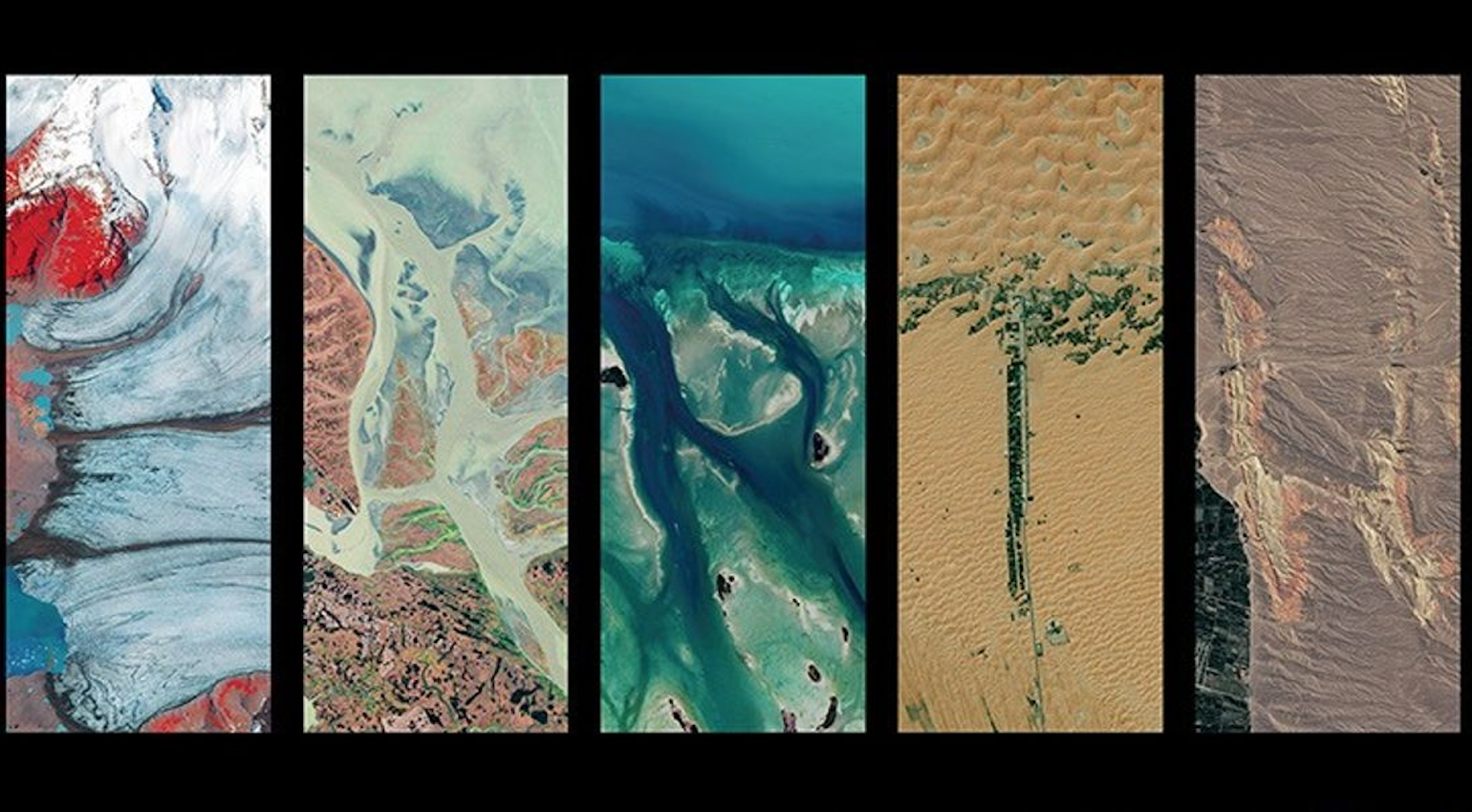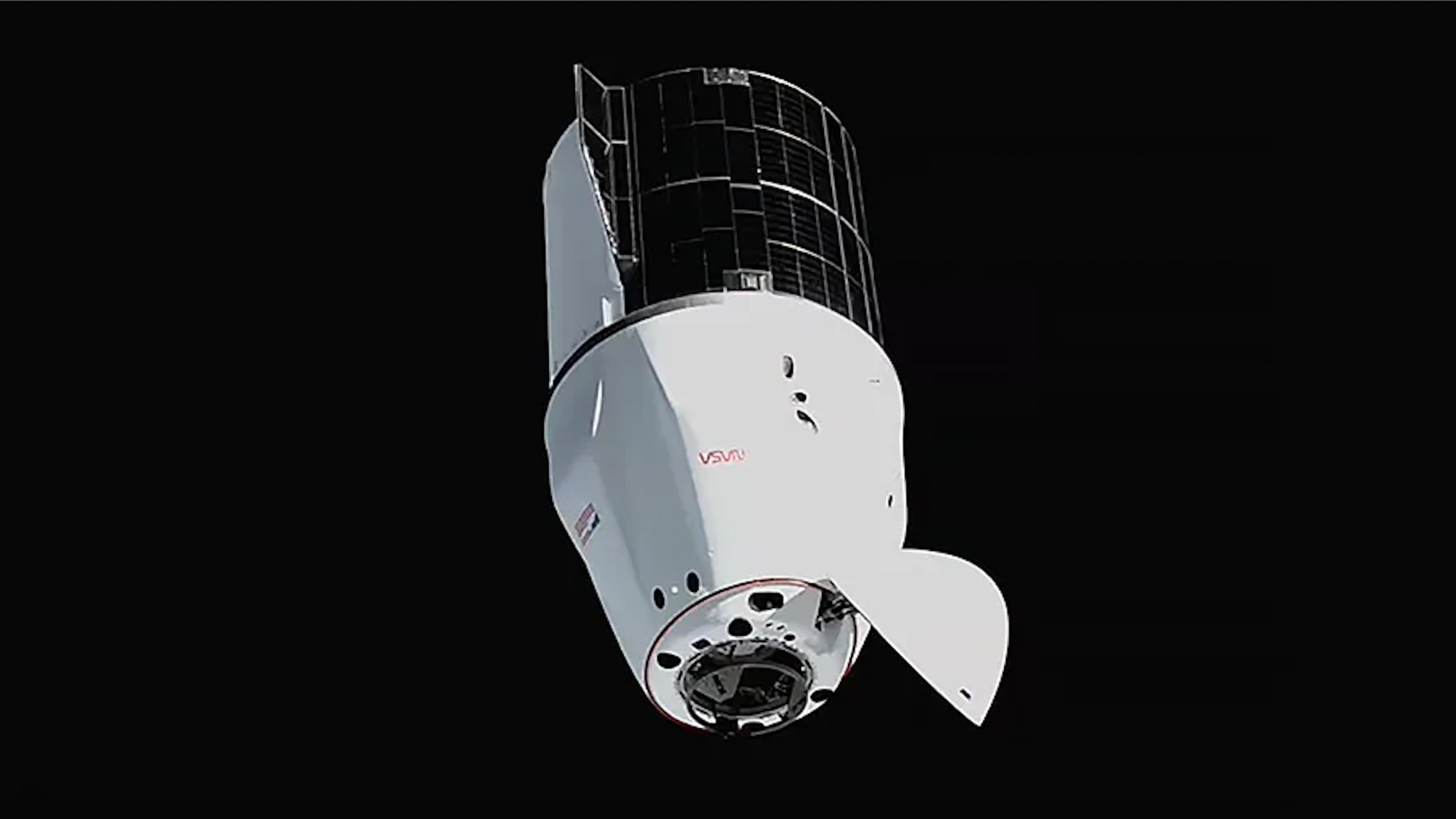NASA proves its electric moon dust shield works on the lunar surface
"This milestone marks a significant step toward sustaining long-term lunar and interplanetary operations."
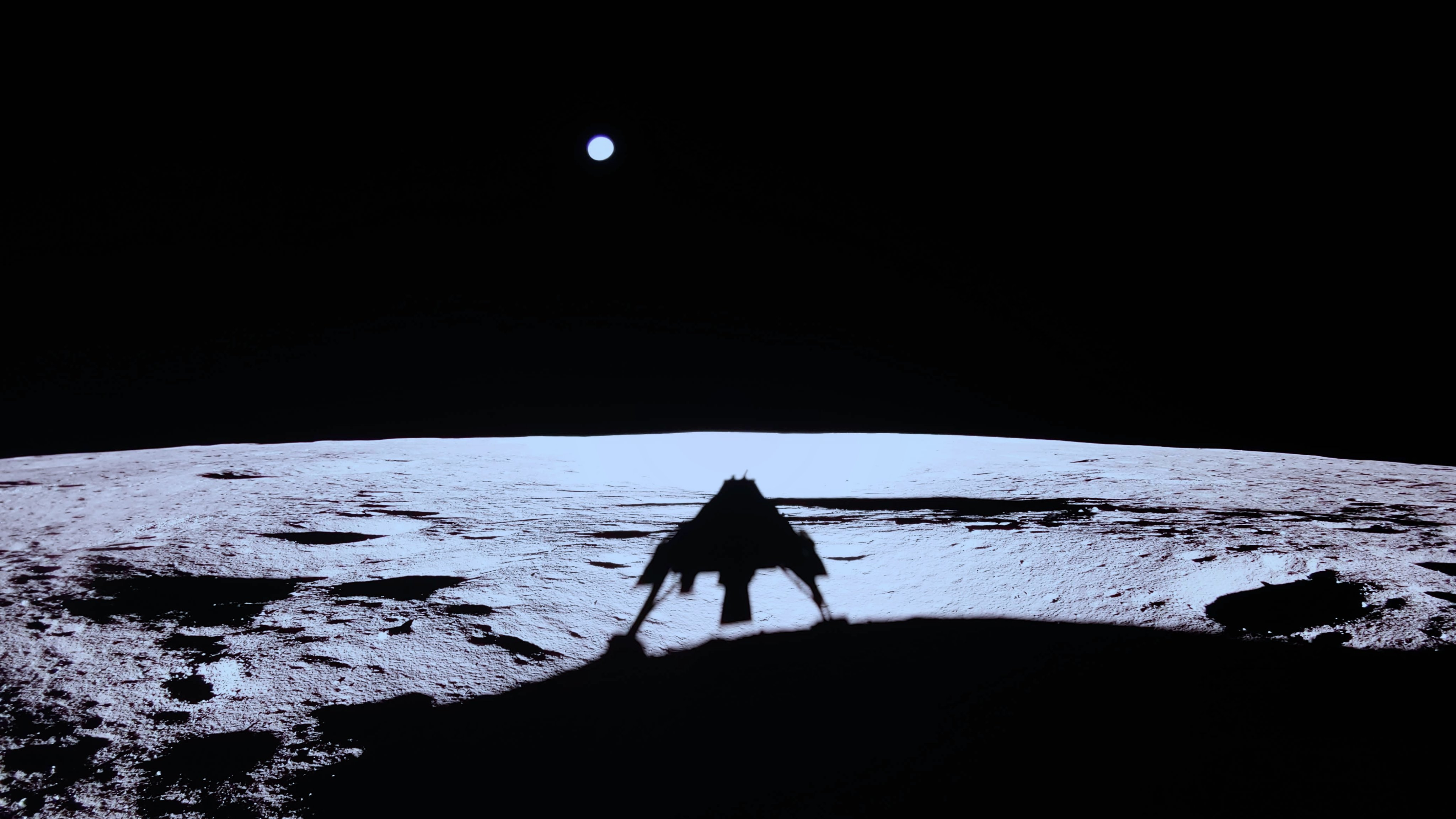
New shielding technology from NASA that protects against damaging lunar dust just passed a trial run on the moon's surface, marking an important milestone in the agency's lunar aspirations.
The Electrodynamic Dust Shield (EDS) flew aboard Firefly Aerospace's Blue Ghost, the first privately funded lunar lander to make a fully successful touchdown on the moon.
After Blue Ghost's historic landing on March 2, the EDS demonstrated the ability to remove lunar dust and dirt, known as regolith, from surfaces using electrodynamic forces. The successful test concluded on March 16.
What’s the latest on lunar research?NASA's Electrodynamic Dust Shield, developed by teams at Kennedy, successfully demonstrated its ability to remove regolith, or lunar dirt, from various surfaces on the Moon: https://t.co/kvX8qDYf4O pic.twitter.com/cZ8fIm7PdyMarch 30, 2025
NASA has big plans for the moon via its Artemis program, which aims to set up one or more lunar bases in the next decade or so. But regolith presents a significant issue for lunar hardware, spacesuits and human lungs, because the dust is so abrasive. So the shield technology passing this recent test is good news, the agency said.
Related: Here's what NASA sent to the moon on Firefly Aerospace's Blue Ghost lunar lander
"This milestone marks a significant step toward sustaining long-term lunar and interplanetary operations by reducing dust-related hazards to a variety of surfaces for space applications ranging from thermal radiators, solar panels and camera lenses to spacesuits, boots and helmet visors," NASA wrote in a statement.
The EDS was originally derived from the Electrostatic Curtain concept, which F.B. Tatum and NASA collaborators dreamed up back in 1967.
Get the Space.com Newsletter
Breaking space news, the latest updates on rocket launches, skywatching events and more!
The EDS uses electrodes and electric fields to remove dust from the surface of objects. It was developed at Kennedy Space Center in Florida using funding from NASA's Game Changing Development Program.
The shielding technology was tested in vacuum chambers, where it was used to remove lunar dust samples brought home by NASA's Apollo missions. The first time EDS was tested in space was on the International Space Station, during the Materials International Space Station Experiment (MISSE)-11 mission in 2019.
"The EDS technology is paving the way for future dust mitigation solutions, supporting NASA's Artemis campaign and beyond," NASA officials said in the release.
Join our Space Forums to keep talking space on the latest missions, night sky and more! And if you have a news tip, correction or comment, let us know at: community@space.com.
Julian Dossett is a freelance writer living in Santa Fe, New Mexico. He primarily covers the rocket industry and space exploration and, in addition to science writing, contributes travel stories to New Mexico Magazine. In 2022 and 2024, his travel writing earned IRMA Awards. Previously, he worked as a staff writer at CNET. He graduated from Texas State University in San Marcos in 2011 with a B.A. in philosophy. He owns a large collection of sci-fi pulp magazines from the 1960s.
You must confirm your public display name before commenting
Please logout and then login again, you will then be prompted to enter your display name.

